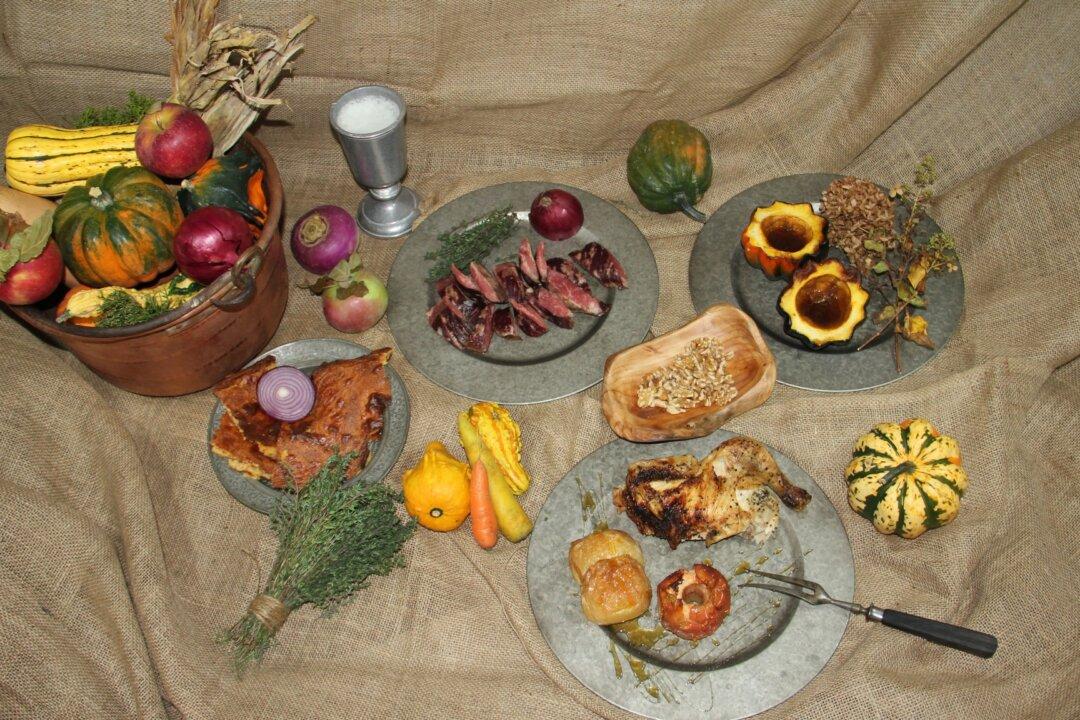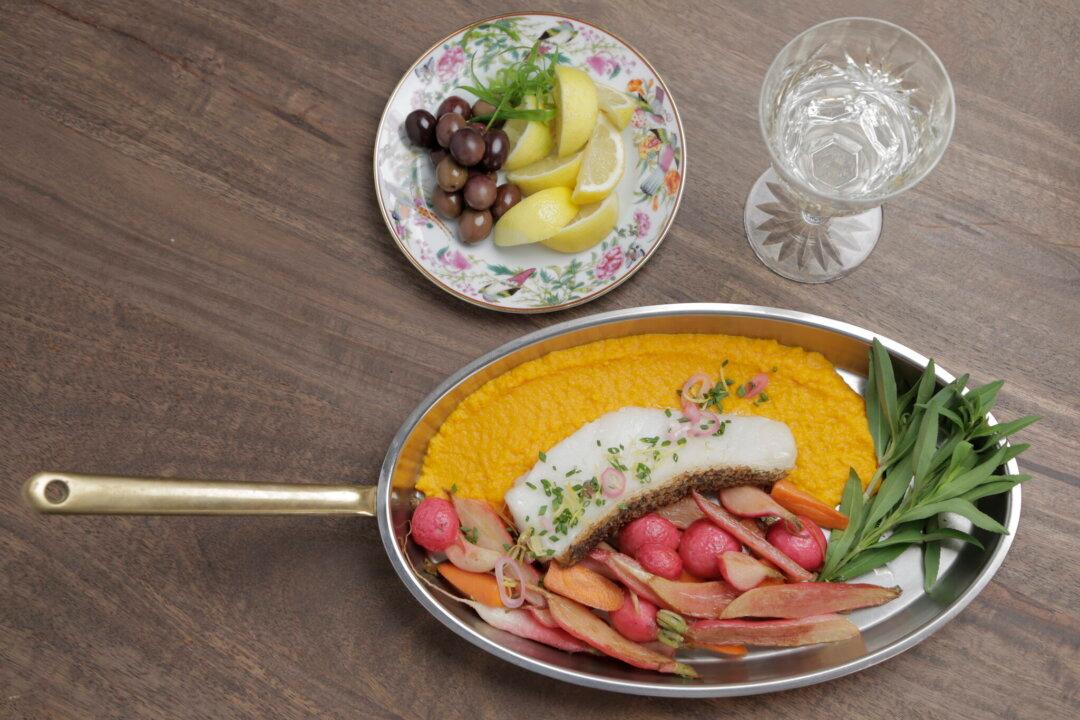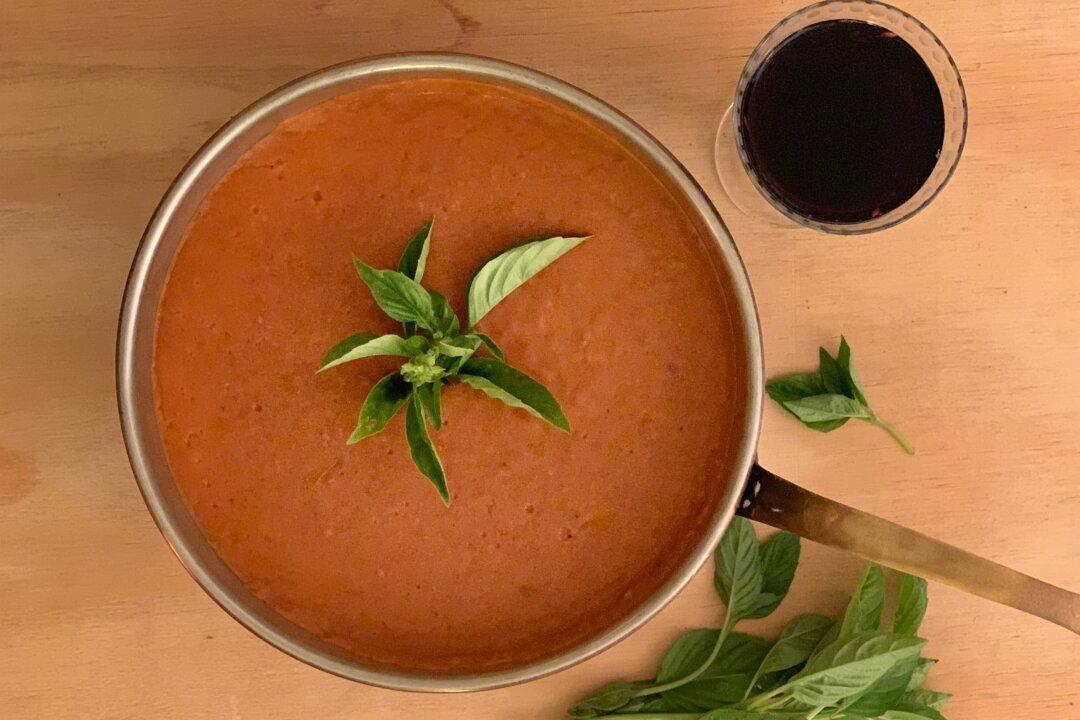Farmers markets are displaying enticing summer fruits and vegetables piled up high. This year’s harvest has been superb—so what can you do to preserve these vegetables fresh now, before summer fades into autumn, and then turns into the chill of winter?
So often has this writer longed for the sublime taste of fresh vegetables when temperatures drop. For thousands of years, people have evolved techniques to preserve summer’s bounty for winter. Most of these techniques predate refrigerators and freezers. These traditional techniques—as well as learning how to make the best use of freezers, since we now have them—are great tools to have access to nutritious and tasty foods during the colder months.





